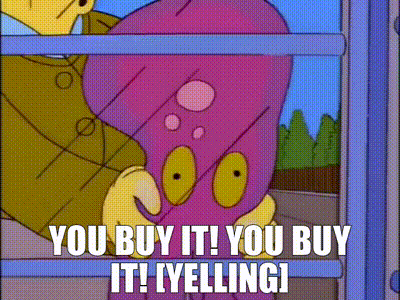Creating a successful cold outreach email can be a bit tricky.
You see, these types of emails don’t give you much feedback (at least, not directly). You have to take clues from replies like “do not disturb me” , “this doesn’t concern me” , etc.
So figuring out the perfect formula is like solving a puzzle through trial and error.
According to HubSpot, only about 20.94% of people bother to open these emails, which means there’s definitely room for improvement.
Now, let’s tackle a burning question: Should you be throwing in a sales pitch in your cold outreach emails?
The answer is surprisingly straightforward: ‘No.’
So, if not a sales pitch, what on earth do you put in your cold email to make it work?
Well, here’s the scoop. We’re about to dive into four key elements that can transform your cold emails into engaging messages without coming across as too pushy.
It’s all about connecting genuinely and sparking interest without the hard sell. Let’s break it down.
Why shouldn’t you pitch in your cold outreach?
The harsh reality is – your prospects don’t care about your product.
They’re not losing sleep over your company’s achievements or your latest product features.
What keeps them up at night is the question: How can you make their lives easier or help them achieve success?
In the world of cold outreach, the last thing you want to do is kick off with a self-praising monologue about your company or, even worse, yourself.
Your prospects are looking for solutions to their problems.
So, save the pitch for later → once you’ve established a good rapport with them, you can slowly invite them for meetings and discuss further.
The initial cold outreach is your chance to connect on a human level, to understand their pain points, and show them that you’re genuinely interested in making their professional life better.
Forget the sales jargon and focus on what truly matters to them.
Here are 4 ways not to pitch in your cold outreach –
1. Stop them from being any ‘colder’
Just like the name suggests, cold outreach emails can be a bit chilly. But you definitely don’t want to make them even colder by being too impersonal.
When emails lack a personal touch, your recipients might see them as interruptions only.
A personalized cold outreach email, though, can be more helpful—it can make their work easier, boost how much they get done, make more money, or save some costs, depending on what you’re offering.
So, use any info you have from your research to make your emails feel more personal. Even just using the person’s name can turn a regular cold outreach email into something that feels like it’s meant just for them.
2. Make it about them, not you
Ever received an email that sounds like this?
“Hi Bob,
We are a high-volume producer of widgets. Our widgets have better quality and a longer life. What’s more, we offer good discounts for…”
Notice how the sender is solely focused on what they’re selling? They don’t seem to care about what might interest the recipient or what their needs are.
In essence, the email is all about “my company and my sales targets.” Not only is it heavily pitched, but it also flunks the basic rule of selling: understanding your customers first.

Now, contrast that with the following email:
“Hi Cathy,
[company]’s Marketing Director Jane and I just finished our video call where she told me she’s facing these challenges. Do they look like your challenges too?
– Not getting meaningful analytics of their marketing and promotional activities.
– Lack of real-time integration of their marketing intelligence with sales teams.”
……
……
This kind of email isn’t cold. It’s not even about your company.
It comes across as an email genuinely asking whether you face similar challenges. Instead of trying to force something onto the prospect, it takes a respectful, diagnostic approach.
Most importantly, it’s not about me; it’s about you. Messages like this remove the pitching aspect. They convey the sense that the sender is sincerely concerned about what the prospect likely cares about.
3. Offer to explore, not sell
Let’s look again at the second email in the examples above – it shows a great way to do things.
Here’s why it’s cool –
✅ it doesn’t feel like a generic mass email. Instead, it aims to start a useful conversation.
✅ the email shows empathy by focusing more on the challenges the recipient faces than on what the sender wants.
Notice, the email doesn’t jump into trying to sell something directly.
It gives the vibe that the sender genuinely wants to know what issues your prospects are dealing with.
Also, check out how the sender subtly drops in some proof that they’ve helped others – by mentioning a company they likely work with.
That’s how a cold outreach email should be!
You can find such sales email templates here. Feel free to customize it according to your audience.
4. Build trust before you sell
Imagine this: You’re busy doing something important, and suddenly a salesperson shows up out of nowhere. No asking if it’s a good time, no appointment – they just shove a product, like an electric drill, right in your face and demand you buy it.

Why is it so annoying? Because it skips the important step of building a relationship and earning trust. It’s all about them, not you.
So the lesson here is – make it all about the prospect, not you.
When a person considers buying something from you, they are trusting you to solve a problem for the money they’re paying.
Therefore, your cold outreach email should build trust.
Final thoughts
It’s not that selling your product is a bad thing.
It’s just that the first cold email you send isn’t the best time for it. Once you’ve built a connection, you can start talking about your products in later emails or meetings.
If you can show that you understand what they’re going through, you’ve already cleared the first hurdle.
After that, all you need is a good plan to keep them engaged in your sales process and win them over as a customer.
